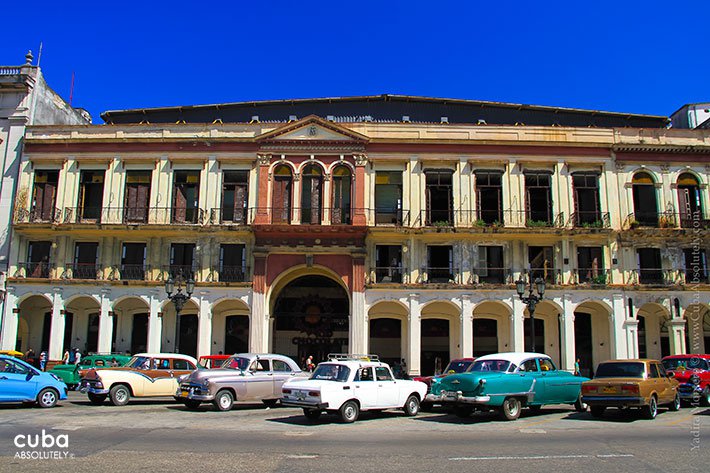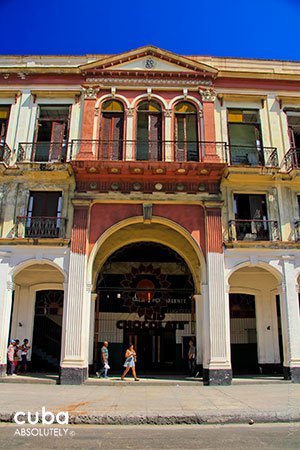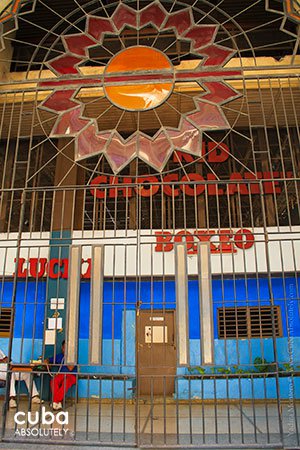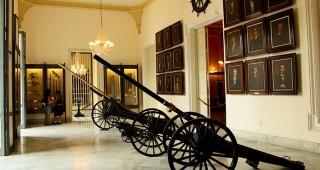This is one of the 67 facilities especially built for the Havana 1991 Pan-American Games. It was named after Eligio Sardiñas, also known as Kid Chocolate, Cuba’s finest amateur boxer ever. The sports facility was constructed on the site of a former hotel and retained the original façade of the collapsed building. Inside, a special feature of the court is that it is on a second level and not on the ground level. There are very few such courts in the world and it is the only one in Cuba with this characteristic. The floor of the court retains the original wood it was made with.
In addition to boxing, it also hosts badminton, volleyball, table tennis, handball, wrestling and indoor soccer matches.








 Other
Other





